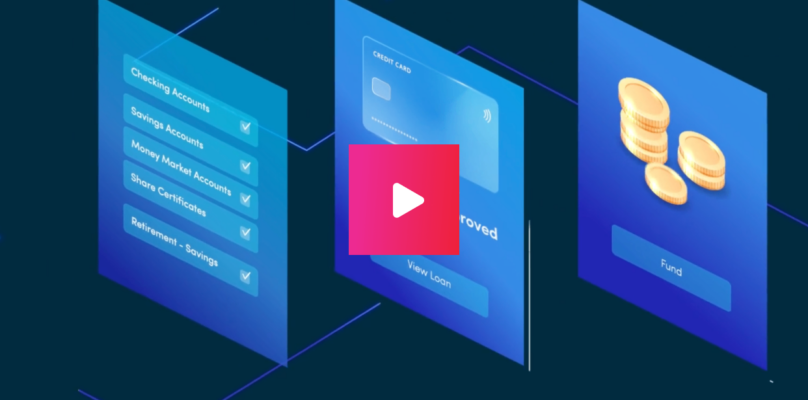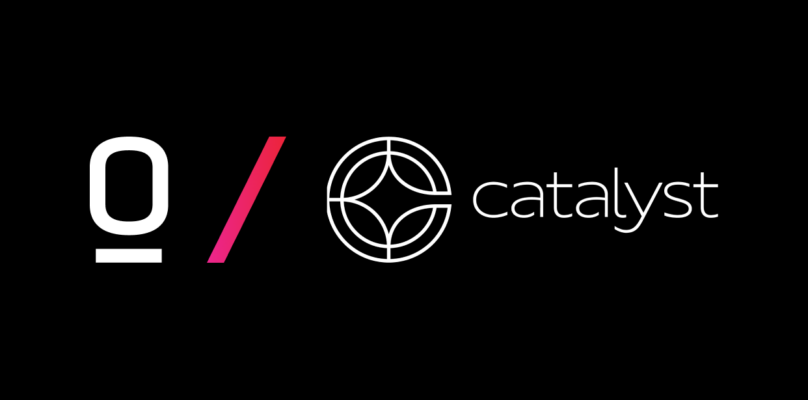Credit unions continue to face many challenges like liquidity constraints, staffing limitations, and tighter budgets. Amid these hurdles, one critical aspect often overlooked is the modernization of technology infrastructure. Slower production times present a prime opportunity to strategically add efficiencies that will prove invaluable during busier periods. While the current focus is on growing deposits to combat liquidity challenges, credit unions must also invest in technology to increase sales, reduce costs, and offset staffing challenges.
The imperative of modernization
Modernizing a credit union’s technology stack is not just about keeping up with the times; it’s a strategic imperative for long-term success. This modernization enhances efficiency by streamlining operations and reducing costs in the long run. Automation and digitization cut manual labor and overhead costs, allowing staff to focus on higher-value tasks. A modern tech stack ensures a seamless member experience, offering online banking services, mobile apps, and responsive member support, which are crucial for retention and attracting new members. Additionally, embracing modern technology provides a competitive edge, enabling credit unions to adapt to market dynamics, offer innovative products, and stay ahead of regulations.
Focus areas for 2025
Where should credit unions focus their modernization efforts for 2025? The answer varies based on the credit union and its membership needs. Each credit union must carefully evaluate how its technology stack can contribute to the success of a member’s journey. Technologies like artificial intelligence (AI), document processing automation (DPA), and digital member communication tools are well-positioned to help credit unions address critical lending challenges.
Artificial intelligence
Leveraging AI to provide members with fairer, more accurate credit decisions is a key modernization tool. AI can enhance existing credit score models by incorporating alternative data sources such as income, expenses, credit history, and spending patterns. This helps credit unions approve more creditworthy borrowers who might not have qualified otherwise. Zest AI, a leader in AI-driven underwriting, reported that credit union partners approved 25% more auto loans and achieved more than 50% automation. This technology allows credit unions to lend confidently down the credit spectrum, underwrite thin files, and achieve better risk ranking, especially in the middle tiers. It also delivers inclusive access to credit, optimizing for accuracy and fairness, and increasing member approvals.
Document processing automation
Implementing DPA can provide significant operational efficiencies, saving credit unions time and money. DPA can automate, analyze, and extract data from a multitude of complex and unstructured documents in a fraction of the time. When AI and fuzzy match logic are added, DPA can process more than 250 types of loan jacket documents and over 45,000 document subtypes. This automation minimizes the time needed to sort and categorize documents manually, allowing team members to focus on more thoughtful tasks that can improve member experiences. DPA can also strengthen relationships with dealerships, benefiting auto lending programs by creating a swift and efficient funding process. This helps solidify the credit union’s position as a preferred lending partner, improving portfolio mix and offering competitive terms for members.
Digital communication
Credit unions should leverage digital communication tools to improve lending experiences for both staff and borrowers. Automated messages, reminders, and notifications can help members move more efficiently through the borrower journey with fewer abandonments. These tools enable lending staff to work quickly and productively by communicating with members digitally. Borrowers receive instant support throughout the loan application process, resulting in higher closing rates and fewer abandonments. These tools also streamline and expedite document collection, reducing the need for multiple follow-ups via phone and email, allowing credit unions to better communicate with members and transform their lending practices.
Strategic imperative for 2025
As credit unions plan for a successful year ahead, tech stack modernization is a strategic imperative. Credit unions need to use slower lending production periods to their advantage, exploring and implementing new and strategic tools. There’s no better time to prioritize these efforts to become resilient in the competitive marketplace of the future and meet the modern expectations of members.

















